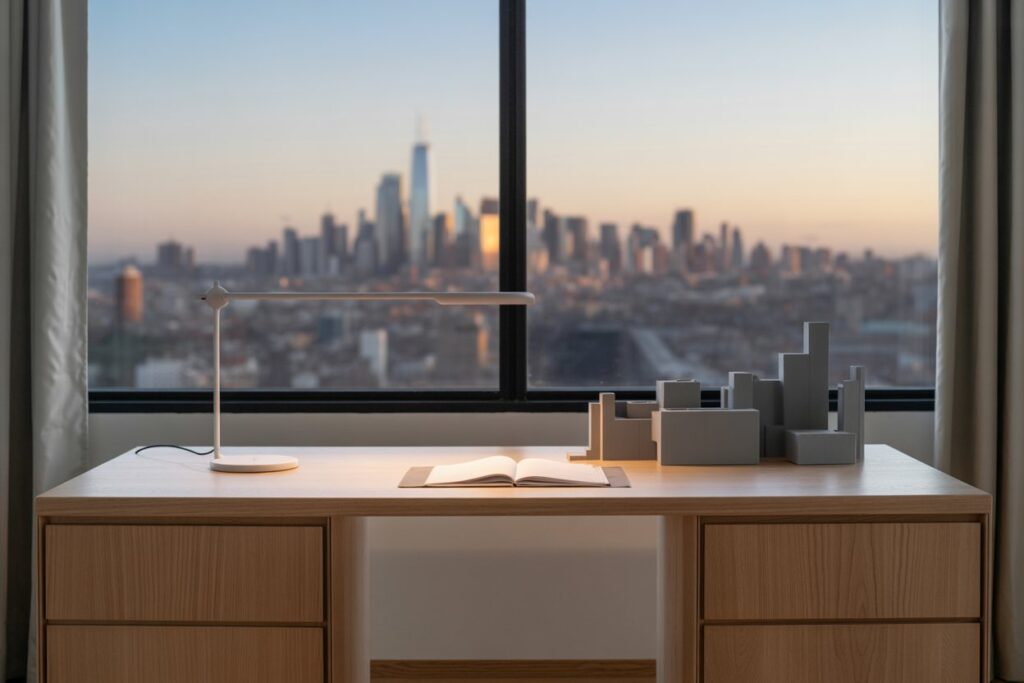Forget the mega-mansion covered in gold trim—today’s status homes whisper rather than shout. They’re built to impress, but in a way that feels subtle, timeless, and intentional. Every line, material, and detail is designed to signal taste, not just wealth. These homes don’t need to brag; they let their architecture do the talking.
The Shift From Flashy to Subtle
Gone are the days when luxury meant marble everything and oversized chandeliers. Modern status homes lean on clean lines, thoughtful proportions, and understated materials. It’s about creating spaces that feel impressive without screaming for attention. Quiet confidence is the new loud.
Why Architecture Speaks Louder Than Price Tags
Anyone can spend money, but not everyone can spend it with taste. Homes that are thoughtfully designed immediately convey a level of sophistication no price tag can match. The architecture becomes a personal signature—a reflection of priorities and lifestyle rather than a billboard of wealth.
Materials That Tell a Story
Rare woods, reclaimed stone, and artisanal finishes are quietly replacing glitzier options. These materials carry histories and textures that feel rich without being ostentatious. When someone asks about your floors and you casually mention they’re centuries-old oak from a French abbey? Instant respect.
The Power of Space and Light
Status architecture is as much about what you leave out as what you add. Expansive windows, high ceilings, and clever use of natural light create a sense of luxury that doesn’t need heavy ornamentation. It’s the kind of design that feels effortless—because it actually is.
Personalized Layouts for Everyday Luxury
These homes are tailored to fit the lives of the people inside them, not just to look good in photos. Think hidden wellness rooms, private courtyards, or libraries tucked behind pivot doors. The architecture quietly adapts to its owners rather than forcing them to adapt to it.
How Minimalism Became a Power Move
Minimalism isn’t about having less; it’s about having the right things. In high-end architecture, restraint signals confidence. When your home is beautifully simple, it says you don’t need excess to prove anything—your taste speaks for itself.
Integrating Nature Into the Design
The most coveted homes now blur the line between inside and outside. Courtyards, green roofs, and living walls make nature part of the architecture itself. It’s a subtle way to elevate everyday living—fresh air and mountain views don’t need a logo.
Technology That Disappears Into the Background
Smart homes have matured from flashy gadgets to invisible luxuries. Automated lighting, climate control, and security blend seamlessly into the architecture. The tech is there, but you don’t notice it—and that subtlety is what makes it feel high-end.
Global Influences Without the Chaos
Status homes now borrow inspiration from everywhere without looking like themed resorts. A Japanese courtyard here, a Mediterranean terrace there—it’s about blending influences in a way that feels harmonious. The result is quietly worldly rather than aggressively eclectic.
The Future of Status Architecture
As luxury evolves, the homes that stand out will be the ones that age gracefully. Trends fade, but thoughtful design endures, impressing not just today but decades from now. In the end, the quietest homes may be the ones people talk about the most.

